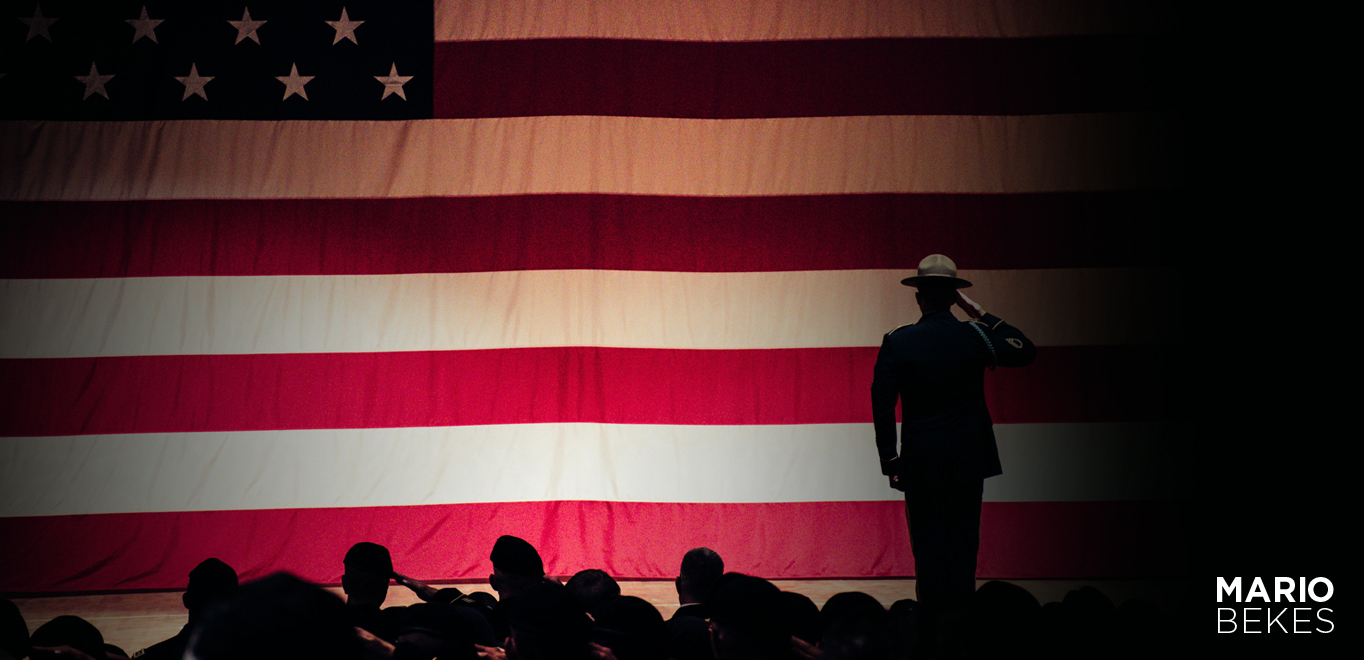The Social Media Trap: Selling Lies as Lifestyle
Think Before You Like
Moments later, her followers were commenting things like, “You’re living the dream!” and “So authentic!” Wow.
It struck me deeply: how easily we believe the curated, how eagerly we suspend doubt, and how dangerously we trust people we do not know.
Imagine scrolling through your feed and seeing a dazzling travel experience, a miracle health cure, or a life-changing gadget—all perfectly curated, beautifully shot, and glowing with endorsements.
You feel a pang of envy, maybe a little excitement, and suddenly, you’re clicking “buy” or “book now.”
But pause for a second:
How much of what you see is real?
How much is a carefully crafted illusion?
And why do so many of us accept it without question?
Welcome to the paradox of social media.
In 2024, 86% of individuals globally reported encountering fake news, and 80% of Americans said they’ve seen false or misleading content online. Despite this, many individuals continue to accept digital content without question. (Source: DISA)
In a world where information is abundant, critical thinking is scarce.
Despite living in an era of unprecedented access to knowledge, many individuals continue to blindly accept content without exercising scepticism or discernment.
Even more surprising: they willingly sacrifice their hard-earned money for experiences and products that are often banal, inauthentic, or downright misleading, all because social networks have sold them a story.
And I admit, I was one of those people.
The illusion of authenticity
Social media platforms like Instagram, TikTok, and Facebook have revolutionized how we share and consume content. They promise connection and authenticity, but ironically, they often deliver the opposite.
We live in an era defined by influence.
The content on social media is meticulously edited, filtered, and staged to present an idealized version of life.
This “highlight reel” effect distorts reality, making ordinary moments look extraordinary and everyday products seem indispensable.
Our thoughts, purchases, aspirations, and even beliefs are shaped not by experts or institutions, but by digital personalities, many of whom we’ve never met.
Social media influencers wield a level of persuasion that would make traditional marketers envious, and yet, we rarely stop to question the authenticity of what we consume online. Influencers and advertisers have mastered the art of blending promotion with personal storytelling.
In fact, 62% of users say they trust influencers more than celebrities, according to a 2024 global survey. But this trust comes at a cost: influencer fraud—including fake followers and bought engagement—cost brands an estimated $1.3 billion last year. (Source: Socially Powerful, Amra & Elma)
People often intentionally blur the line between genuine recommendations and paid advertisements. This makes it even harder for users to distinguish between what’s authentic and what’s a marketing ploy.
As a human intelligence and investigation expert, I do explore and investigate the mechanisms of digital deception.
I investigate the construction of false narratives, the subordination of truth to aesthetics, and the reasons behind people’s unwavering trust in influencers across all age groups.
Critical thinking, the very skill that once protected us from manipulation, has become an endangered practice in the digital space.
The missing ingredient: critical thinking in the age of social media
Critical thinking, or the ability to analyze information objectively, question sources, and evaluate evidence, is the antidote to social media’s seductive illusions.
Yet, it’s astonishing how many users lack this skill when engaging online.
Why?
- Information Overload
With a never-ending stream of posts, stories, and ads, people often skim content superficially rather than engaging deeply.
This cognitive overload discourages skepticism and encourages passive consumption.
- Emotional Appeal
Content that triggers strong emotions, whether excitement, fear, or envy, tends to bypass rational analysis.
Emotional engagement often overrides critical judgment.
- Social Proof and Peer Pressure
Seeing friends or influencers endorse a product or experience creates a bandwagon effect.
People trust their social circle and popular figures more than independent verification.
- Lack of Media Literacy
Many users lack critical evaluation skills for digital content.
Without this foundation, it’s easy to accept information at face value.
The cost of blind trust
Perhaps the most troubling aspect is how many people sacrifice financial resources for experiences or products hyped on social media, often overpaying for something banal or inauthentic.
Influencers thrive on the illusion of intimacy.
Unlike celebrities of the past, today’s social media stars speak to us directly.
They vlog from their bedrooms, answer DMs, share their mental health struggles, and post unfiltered selfies. Remember, their posts are deliberately uncensored.
They create a perception of authenticity so convincing that we often forget they are performing.
A 2024 Pew Research study found that 37% of U.S. adults under 30 get their news from influencers—not traditional journalists or institutions.
But why do we trust them so much—regardless of age?
- Parasocial relationships
These are one-sided emotional connections people develop with media figures. Followers feel as though they truly know influencers, similar to how we feel about close friends or family members, despite having no real-life interaction.
- Repetition breeds trust.
The more we see someone, the more familiar they feel, and the more we are likely to believe them.
Algorithms feed us the same faces over and over, building credibility through sheer exposure.
- Social proof
When we see thousands, or millions, of likes, shares, and glowing comments, we assume this person must be worth trusting. “If all these people believe them, they must be legitimate,” we think.
Whether it’s a pricey wellness retreat promising transformation, or a gadget touted as revolutionary, the social media narrative can inflate expectations beyond reality. This phenomenon isn’t just about money; it’s about trust and identity. People want to belong, to feel special, and to live up to the curated lifestyles they see online.
The fear of missing out (FOMO) drives impulsive decisions, sometimes leading to buyer’s remorse or disillusionment.
But the problem arises when critical thinking vanishes from the equation.
The myth of reality
Let’s revisit that moment in Phuket.
What you didn’t see on the influencer’s Instagram story were the two assistants arranging props, the paid guide orchestrating the “authentic” experience, and the moment of discomfort when the influencer scolded a local vendor for background noise.
However, the image presented a completely different story to the outside world.
And here’s the troubling part: followers weren’t misled by accident. The deception was in the product. It was intentional.
Social media is not a mirror—it’s a stage.
And influencers are not documenting life. They’re performing it.
So far, we have witnessed hundreds of frauds exposed:
“Candid” photos staged over multiple hours with professional crews.
Influencers endorse products they have never used.
Wellness experts endorse supplements they neither trust nor use.
“Luxury travel” experiences that are fully sponsored and often deeply transactional.
When we consume these narratives without questioning their source or motive, we are not just accepting fiction; we are internalizing it as truth.
A Universal Phenomenon
It’s a common misconception that only young people fall for influencer content. My research shows that digital naivety spans across generations.
Teens and young adults are especially vulnerable because their sense of identity is still forming. They model behavior, style, and self-worth based on influencer culture.
Millennials, having grown up with the rise of the internet, often confuse long-term digital familiarity with credibility.
Gen X and Boomers tend to over-trust platforms, especially if they’re newer to social media. Many do not differentiate between paid promotions and genuine recommendations.
The issue is not about age; it’s about literacy.
Specifically, in the era of algorithms, media literacy and critical thinking are crucial.
Consequences of passive consumption
The social and psychological consequences are significant:
- Erosion of self-worth
Constant comparison to curated lives leads to dissatisfaction and mental health challenges, especially among youth.
- Financial manipulation
Fraudulent promotions of crypto schemes, MLMs, fake giveaways, and affiliate traps prey on trust.
- Distorted values
Success becomes equated with aesthetic perfection, not substance or integrity.
- Civic vulnerability
If we believe influencers without evidence, we become equally vulnerable to misinformation in politics, health, and finance.
I have seen people take investment advice from influencers with no financial background, buy harmful beauty products endorsed by unqualified personalities, and make life decisions based on filtered, monetized fantasies.
How to think critically online
So, what can we do?
Critical thinking doesn’t mean becoming cynical or joyless.
It’s about developing a balanced approach that allows you to enjoy social media while protecting yourself from deception.
As a society, we need to reintroduce and reinforce critical thinking in the context of social media. It’s not enough to teach people to question what is being said; we must teach them to interrogate who is saying it, why, and how they benefit.
Here are some actionable steps:
- Pause before you engage.
Take a moment to question the source and intent of the content. Who benefits from you liking, sharing, or buying?
- Check multiple sources.
Don’t rely on a single post or influencer. Look for independent reviews, expert
opinions, or factual evidence.
- Recognize emotional manipulation.
Be aware when content is designed to trigger strong feelings. Emotional reactions can cloud judgment.
- Educate yourself on media literacy.
Learn how algorithms work, how ads are disguised, and how to spot misinformation.
- Value authenticity over perfection.
Remember that real life is messy and imperfect. Don’t compare your behind-the-scenes to someone else’s highlight reel.
And perhaps most importantly,
Resist the urge to believe that curated content reflects real life. Even the most “authentic” influencer is still choosing what to show you and what to hide.
Empower yourself in the social media age
So, the next time you scroll through your feed and feel that spark of envy, inspiration, or urgency—pause.
Behind the glow of perfect lighting and curated smiles may lie an agenda, a sale, or a staged illusion. In a world overflowing with filters and persuasion, the most radical thing you can do is think for yourself.
Ultimately, it’s not the influencers who wield power. It’s you.
Not everything that appears attractive is truly valuable. And in the age of deception, your most asset isn’t your wallet—it’s your mind. Guard it fiercely.









